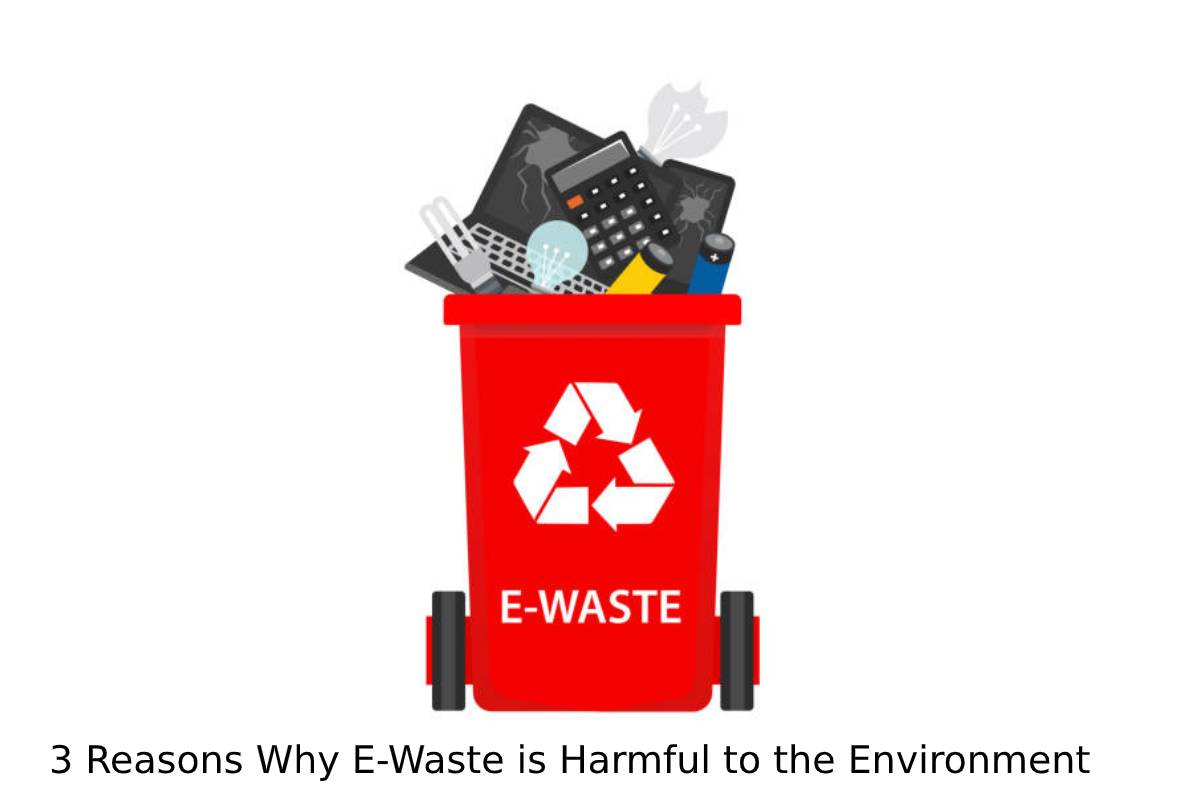E-waste is a rapidly growing issue in the world today. It’s harmful to the environment and can cause many health issues to those who come into contact with it.
As more people are getting access to technology, e-waste has increased exponentially. E-waste includes old, unused electronics like cell phones, computers, and televisions that have reached their end of life or are no longer needed anymore.
Table of Contents
The impacts of e-waste are wide ranging and include:
Harmful Chemical Leaching
With the rise of electronic devices, there has been an increase in e-waste and the amount of harmful chemicals leaching into the environment.
The most common form of e-waste is from computers and electronics. E-waste is a serious problem with many harmful effects on humans, animals, and our environment.
E-waste can contain hazardous materials such as lead, mercury, cadmium, brominated flame retardants, polybrominated diphenyl ethers (PBDEs), hexabromocyclododecane (HBCD), polychlorinated biphenyls (PCBs), and phthalates.
Chemical leaching from electronic waste can cause serious health problems for people living nearby when they are exposed to these chemicals.
In addition, these chemicals can be particularly harmful when they enter the soil and water supply of nearby communities.
Air Pollution and Climate Change
The effects of e-waste on the earth are huge and have a significant impact on climate change. E-waste has been linked to greenhouse gas emissions which are one of the main factors contributing to climate change.
E-waste effects air pollution and climate change by producing greenhouse gasses that contribute to global warming. These pollutants also cause smog and acid rain which can be fatal for humans and animals alike.
Can Cause Health Problems for Humans and Wildlife
E-waste is a growing issue that affects many aspects of our lives. It’s a serious problem because it’s not just harmful to the environment but also to human health.
In recent years, the amount of electronic waste has been increasing at an alarming rate. This has led to a lot of health problems for humans and wildlife alike. E-waste has been found to cause many health problems such as: cancer, heart disease, asthma, and more.
The most common e-waste items are computers, printers, and batteries. In order to avoid e-waste and its negative effects on human health we should recycle these items properly so they don’t end up in landfills or in developing countries where they can cause harm.
How Can You Help?
E-waste is a huge problem that we face today. It is estimated to create about two million tons of electronic waste every year. It has been found that the average lifespan of a computer is about 18 months, which means there are around 16 million computers in use at any given time.
The most important thing that you can do to help reduce the effects of e-waste is to recycle it. Recycling programs exist in many places and they are usually free or very cheap. You can find them online and offline or even ask your local municipality for more information on recycling options near you.
Consider utilizing an e-waste recycling service near you to do your part in saving our environment.




